Sarabande artists explore the creative potential of paper in ‘Bound’
Bound is a book of paper artworks from 36 Sarabande artists that celebrates the arts and cultural foundation’s singular legacy. Director Trino Verkade shares the story behind the creation of this unique document
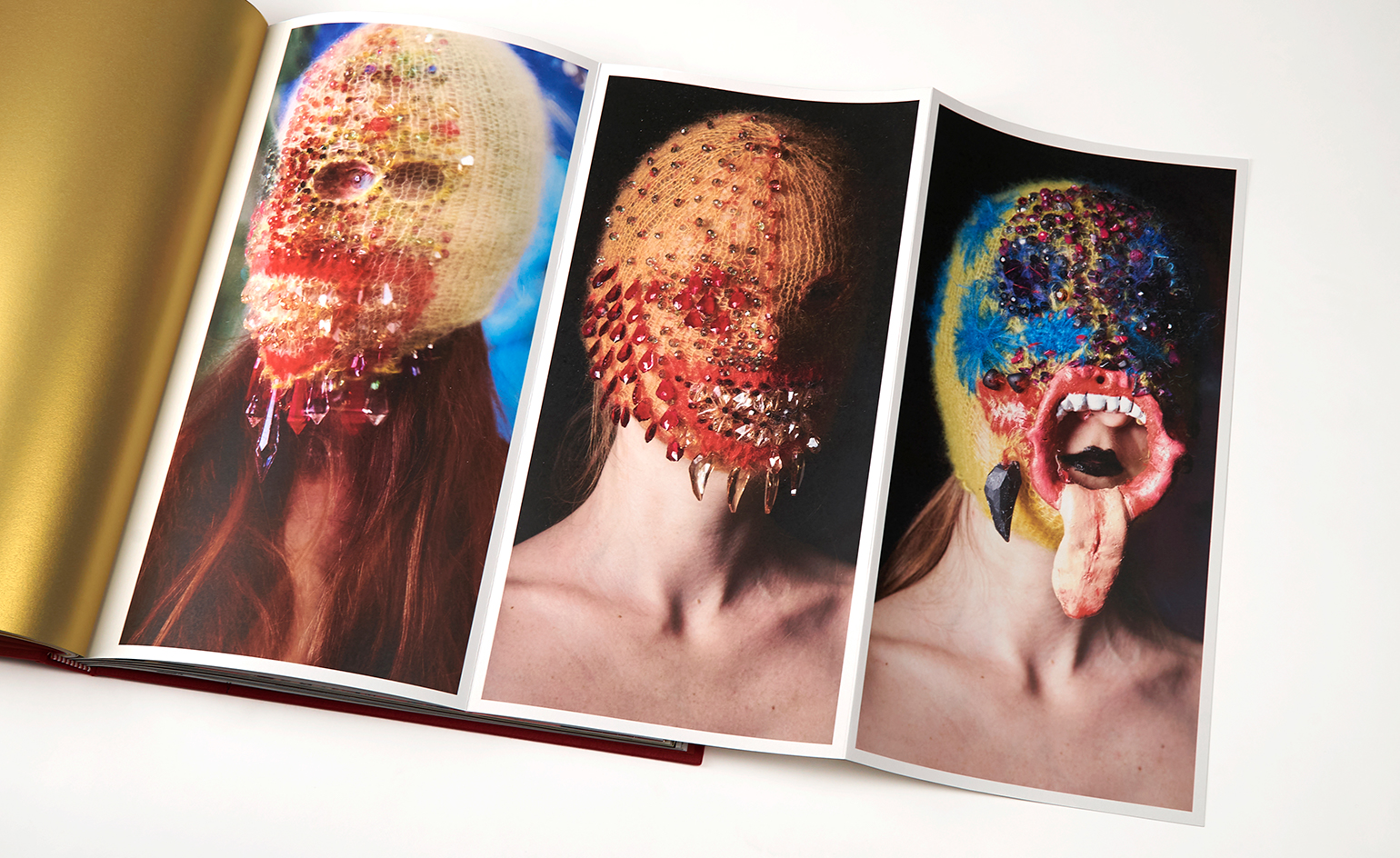
The Sarabande Foundation has just released Bound, a limited-edition run of hand-bound paper artworks made by 36 of the more-than 130 artists who have been supported by the foundation since it was established in 2007.
Talk of creating a Sarabande book (a misnomer for what the project would become, but more on that later) began as the foundation edged closer to accepting 100 artists within its studio programme and, more poignantly, as it got closer to the tenth anniversary of the death of fashion designer Lee Alexander McQueen. McQueen established the foundation and it became the major beneficiary of his estate after his death in 2010.
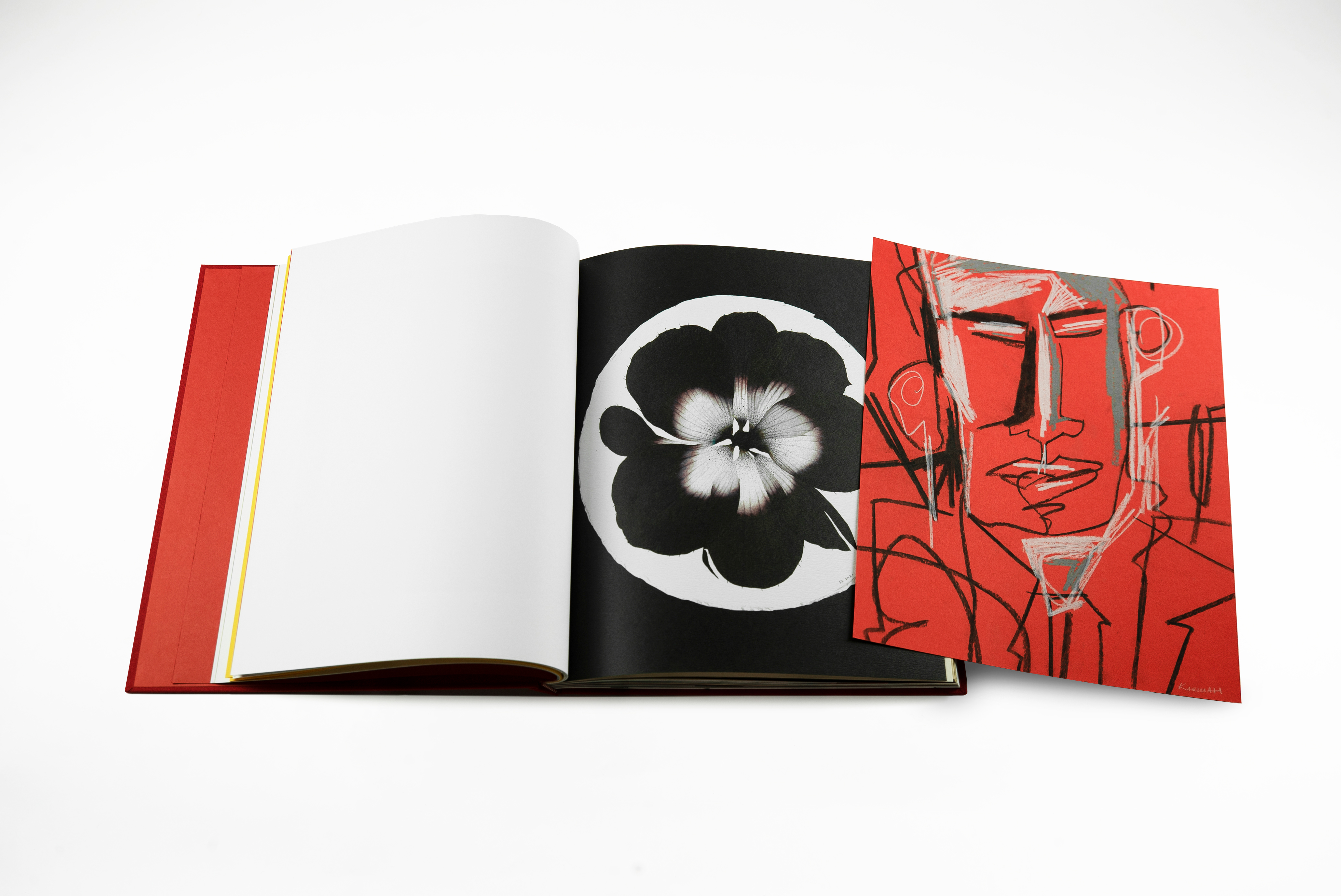
Dark Anemone, printed on Accent Antique Alabaster, by Stephen Doherty. Two handed, one of the handmade artworks included in Bound
Since then, the foundation’s base, a converted Victorian stable block in east London, has become a bastion for emerging artists, offering scholarships and studio spaces, alongside workshops and lectures from fellow creatives.
Sarabande rarely emphasises its connection to the late designer, focusing more on ‘the future of creativity and where that can take us’, in the words of its director, Trino Verkade.
Yet, Verkade acknowledges that McQueen’s singular ethos is inscribed deep within the pages of Bound. ‘It's like when Lee would do something that made no sense. If you’d said in the beginning, “We’re going to do this project and every book is going to be unique”, it [wouldn’t have] made sense. But it kind of does because the whole point is that you go as far as you can with it. [Lee] taught me never to compromise. We’ve not had to compromise with this project.’
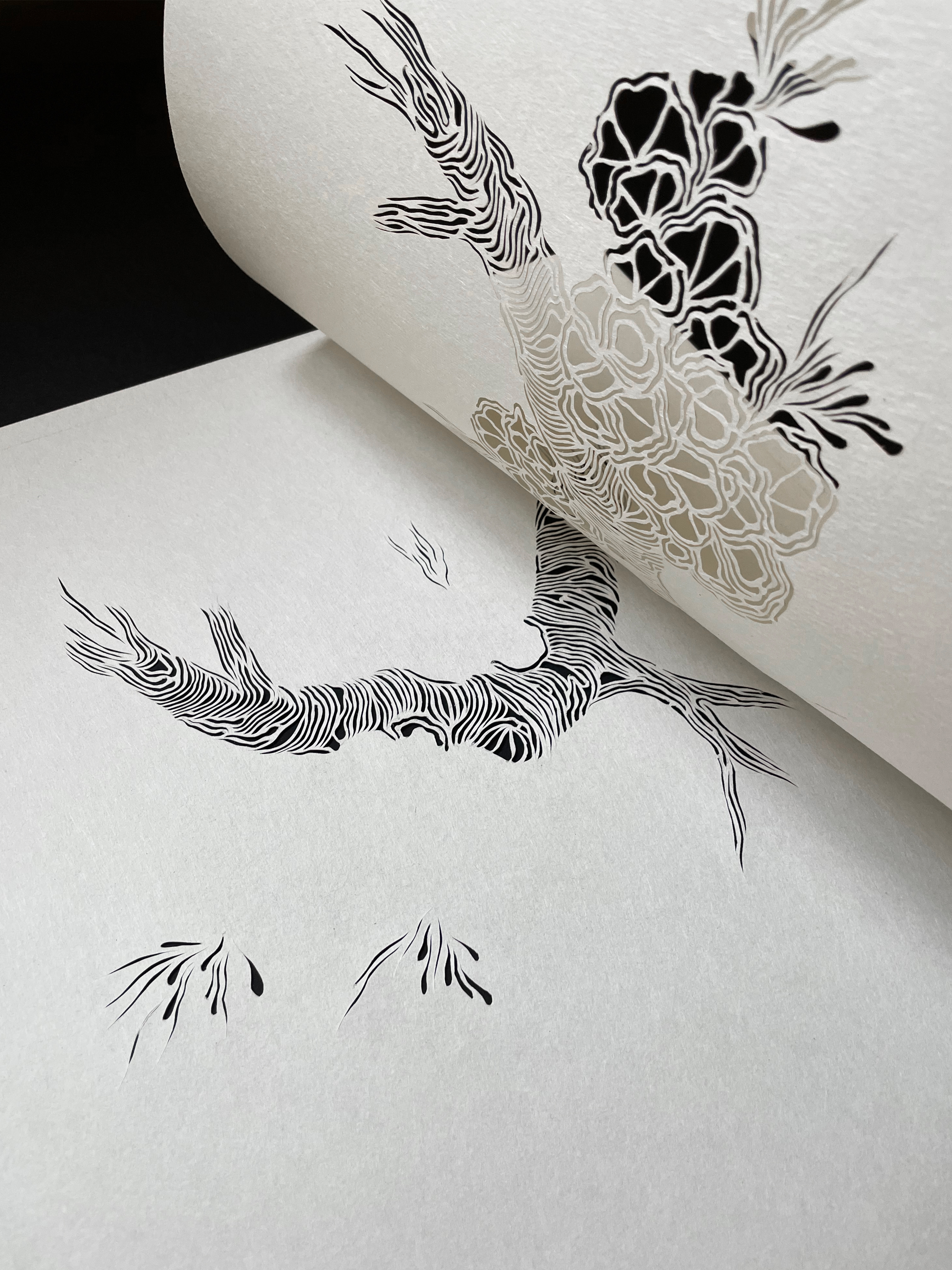
Fragments, hand-cut paper.
Inside the pages of Bound
Indeed, Bound is, despite its title, an exuberantly unrestrained expression of creativity. The project features artworks made from GF Smith paper that has been sculpted, cut, embossed, perforated, hand-painted, embroidered and dyed. With creations by 36 Sarabande artists working across disciplines – from jewellery designers to filmmakers, fashion designers to milliners, painters to performance artists. No single edition of Bound is the same, with 20 of the artists contributing ten original artworks that are distributed across the 100 copies of the book (two per copy).
The books have been wrapped in the traditional Japanese furoshiki style, with linen hand-embroidered by artisans from Uttar Pradesh that are supported by the Kalhath Institute. The cover comes in 18 colours, with one of four different logos designed by Sarabande artists for the project.
Wallpaper* Newsletter
Receive our daily digest of inspiration, escapism and design stories from around the world direct to your inbox.
Within all this variety, there is one unifying factor: all of the works have been made on paper, which, as Verkade points out, is the most democratic artistic material there is.
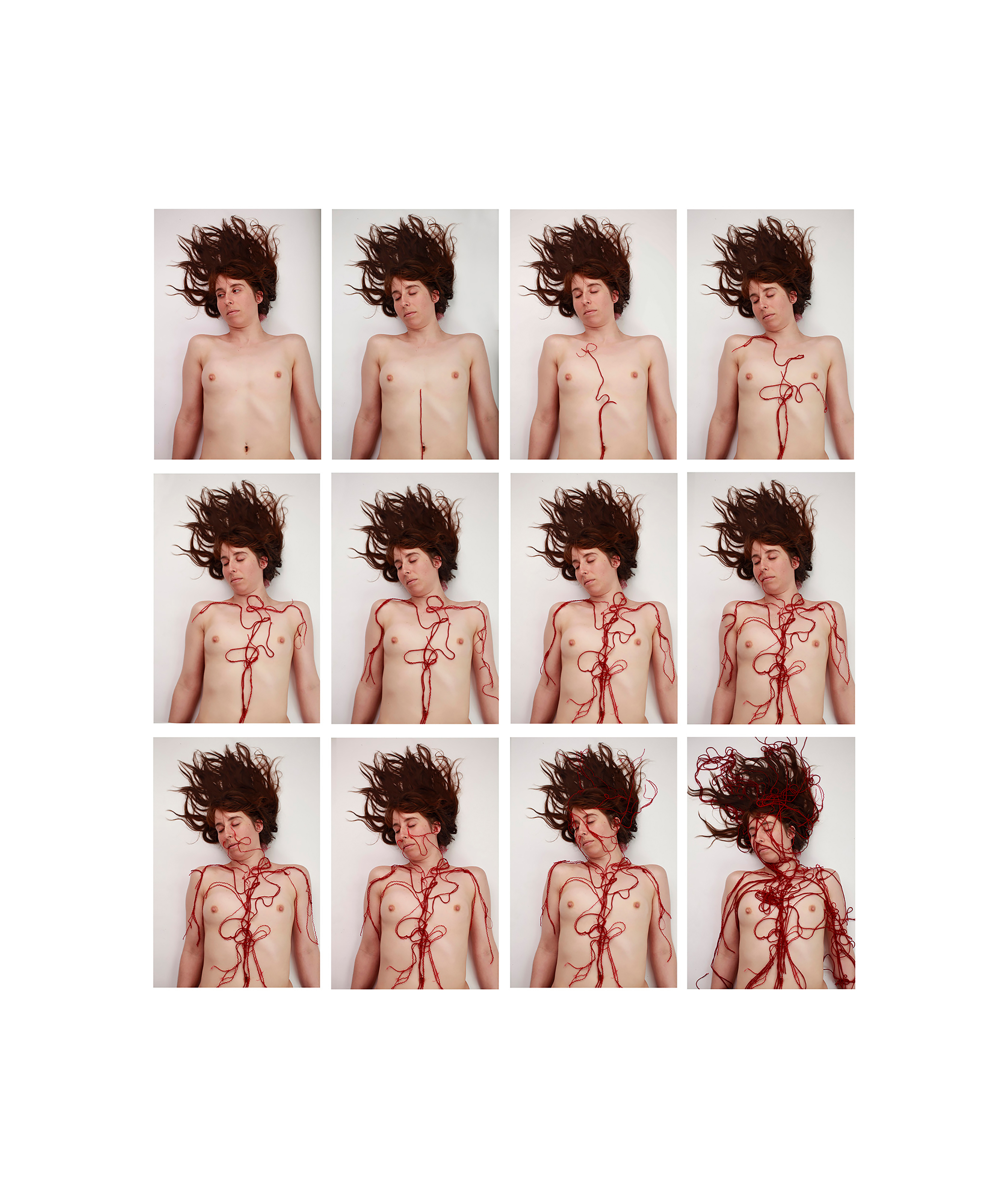
Veins
‘Almost all creatives start off with paper. Even if you’re a filmmaker, your storyboard is on paper, if you’re a fashion designer you use paper, if you’re an artist you use paper.’ Asking everyone to work in this material was, ‘very Sarabande’, Verkade says. ‘We always think about [the fact that] everybody is under one roof, everyone is the same. It doesn’t matter what discipline you do. Everyone is a creative in that space and everyone is of equal value as a creative.’
While everyone within Sarabande and Bound is treated with equal value, the individual qualities of each artist radiate from the book’s pages. Highlights include Emma Witter, whose transparent windows trap crushed bone, flowers and pearls; paper artist Alice von Maltzahn’s painstakingly detailed cut-outs; a paper hat by milliner Jo Miller; and paper shoes by Jimmy Junichi Sugiura.

Material Value, bone dust, pearl dust, pressed flowers.
The book contains a number of surprises. Asking creatives to translate their practice into paper was akin to an artistic Rorschach test, with each of their interpretations revealing the narrative threads that have always run through their work. For instance, jeweller Christopher Thompson Royds is best known for his delicate metal sculptures of the humblest flowers – frail weeds and wildflowers that peep from between pavement cracks or shards of grass (see an example among our pick of wedding tiaras). For his Bound project, Thompson Royds made paper weeds that pop up through the binding of the book – reminders of the small beauties we often overlook.
Or take Elena-Andreea Teleaga, a multimedia artist whose work is rooted in photography and often investigates the workings of memory. For Bound, Teleaga selected a special sandpaper – paper that will gradually erode the two photos on either side of it – so that eventually the images will only exist in the memory of those who saw them before they disappeared.

Its Old Agitations of Myrtles and Roses.
Ultimately, Bound is a kaleidoscopic landmark, gathering different fragments together to create one prismatic vision. In this way, it is like the Sarabande Foundation itself and, more expansively, like art itself.
‘Art has always marked points in history,’ Verkade says. 'But it never reflects one reaction because everybody always reacts differently to things.’ Artworks are dynamic documents, windows into the past, mirrors of our present, and sometimes even looking glasses into the future. They afford us, the viewers, new perspectives on certain moments in time.
‘You can always look at [a work of art] and say, “That’s what we took from that time, that's what we felt at that time.” Sometimes we might forget it and move on, but the art very often leaves that mark there which we can go back to.’
Bound does just that, offering those lucky enough to see it a unique look into the Sarabande Foundation and a poignant document of creativity in our strange era.
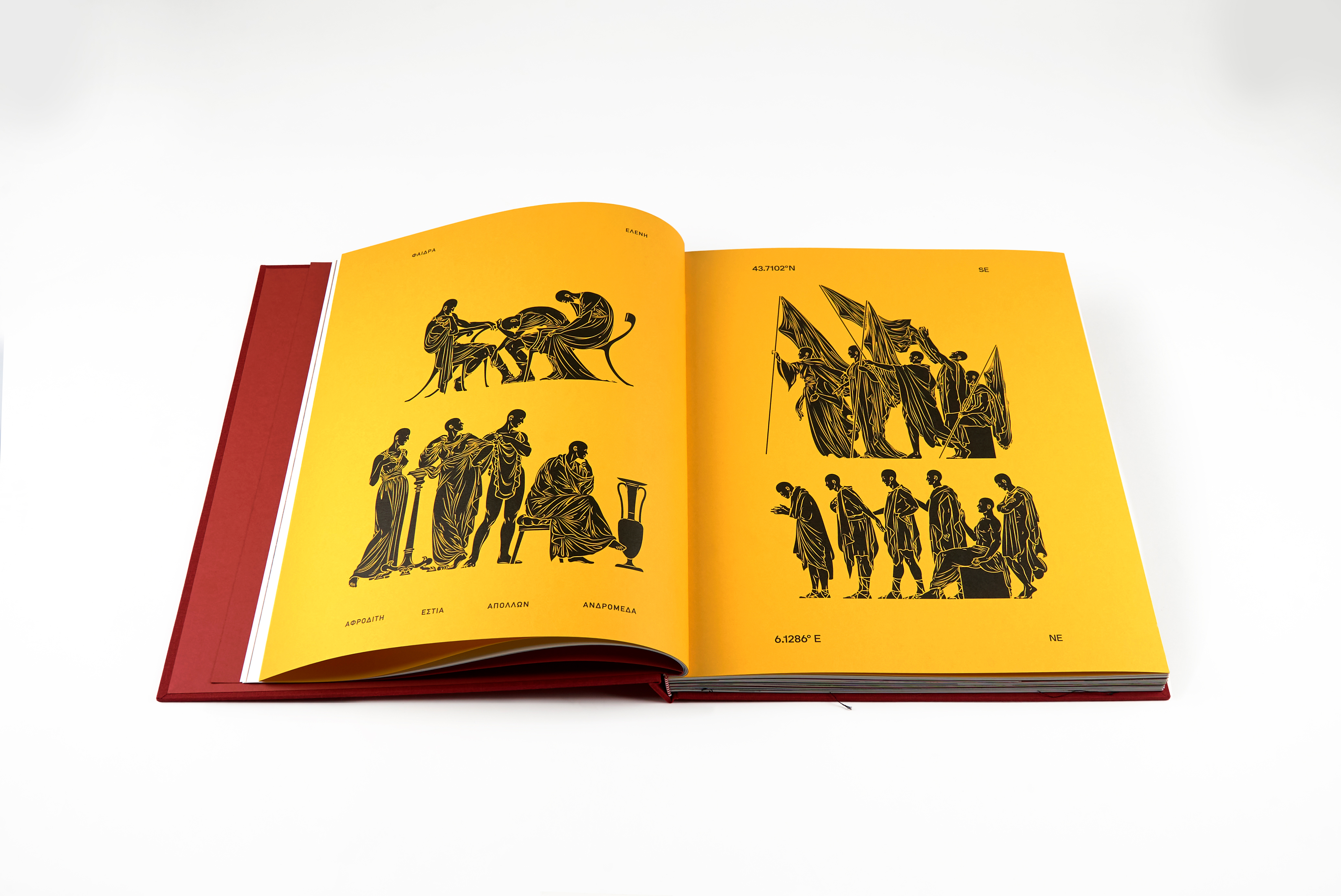
Marseilles to Hyères, printed on Colorplan Citrine.
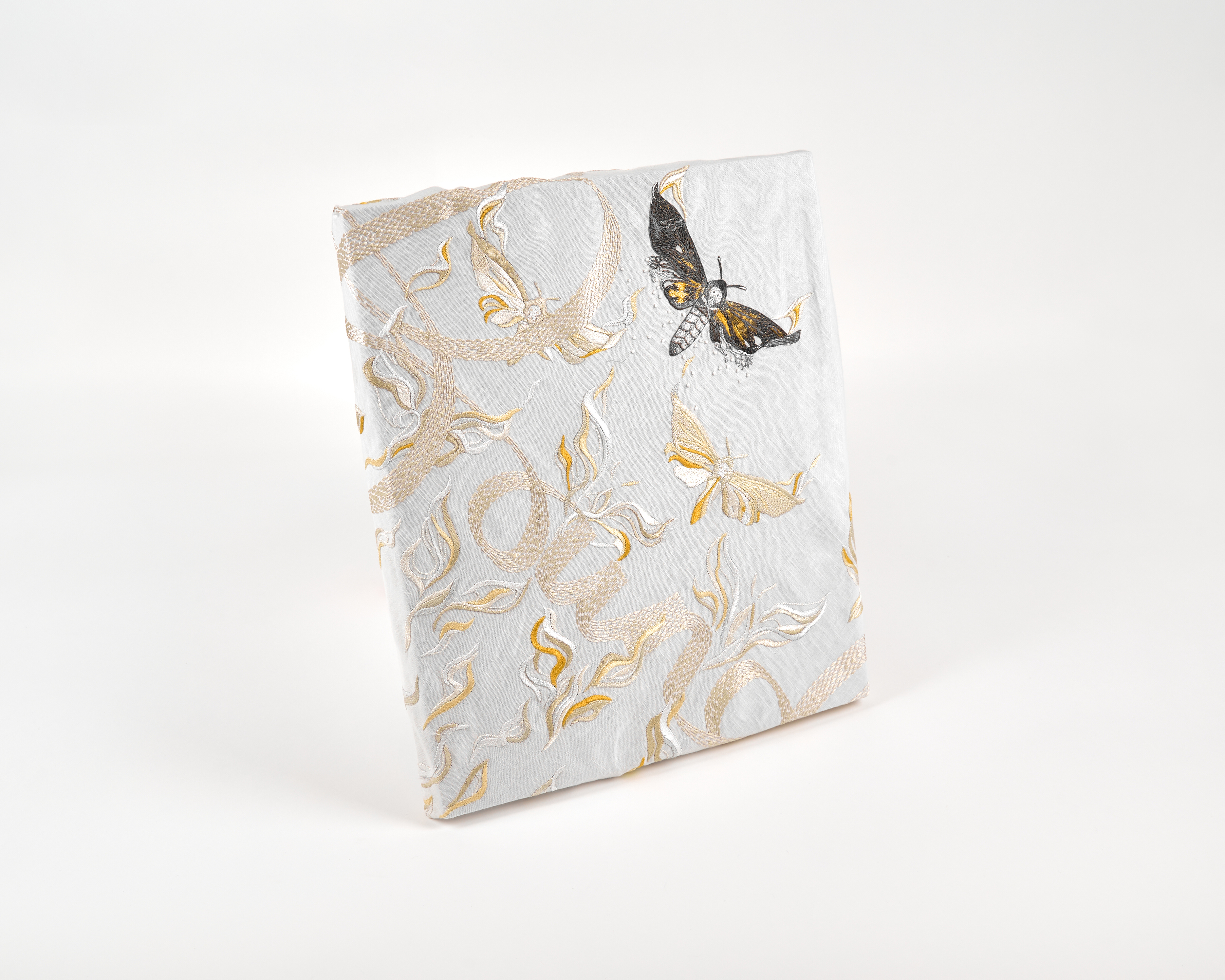
Front cover of Bound wrapped in fabric hand-embroidered.
INFORMATION
Bound, £2,500, sarabandefoundation.org; exclusivly retailed at doverstreetmarket.com
Mary Cleary is a writer based in London and New York. Previously beauty & grooming editor at Wallpaper*, she is now a contributing editor, alongside writing for various publications on all aspects of culture.
-
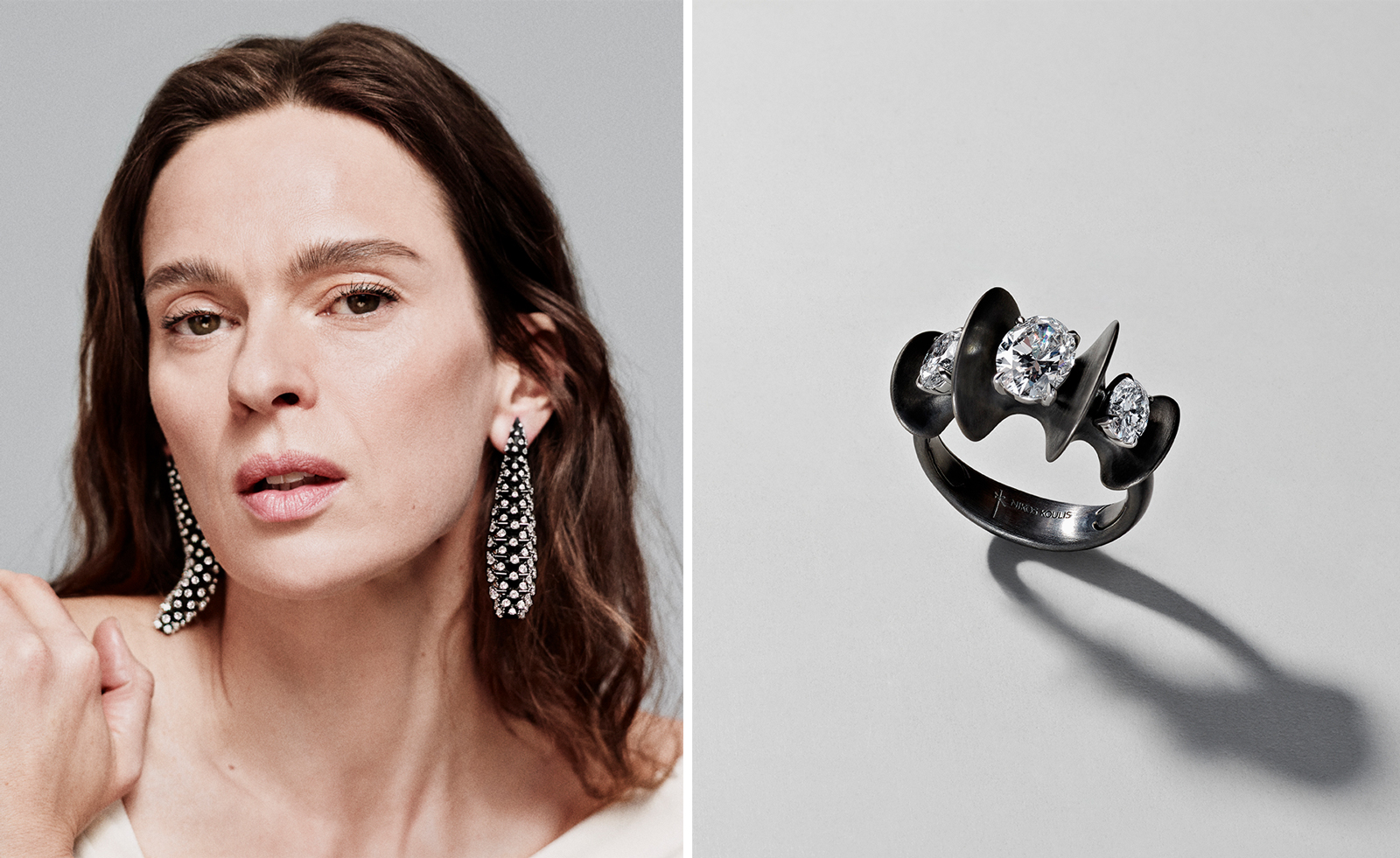 Nikos Koulis brings a cool wearability to high jewellery
Nikos Koulis brings a cool wearability to high jewelleryNikos Koulis experiments with unusual diamond cuts and modern materials in a new collection, ‘Wish’
By Hannah Silver
-
 A Xingfa cement factory’s reimagining breathes new life into an abandoned industrial site
A Xingfa cement factory’s reimagining breathes new life into an abandoned industrial siteWe tour the Xingfa cement factory in China, where a redesign by landscape specialist SWA Group completely transforms an old industrial site into a lush park
By Daven Wu
-
 Put these emerging artists on your radar
Put these emerging artists on your radarThis crop of six new talents is poised to shake up the art world. Get to know them now
By Tianna Williams
-
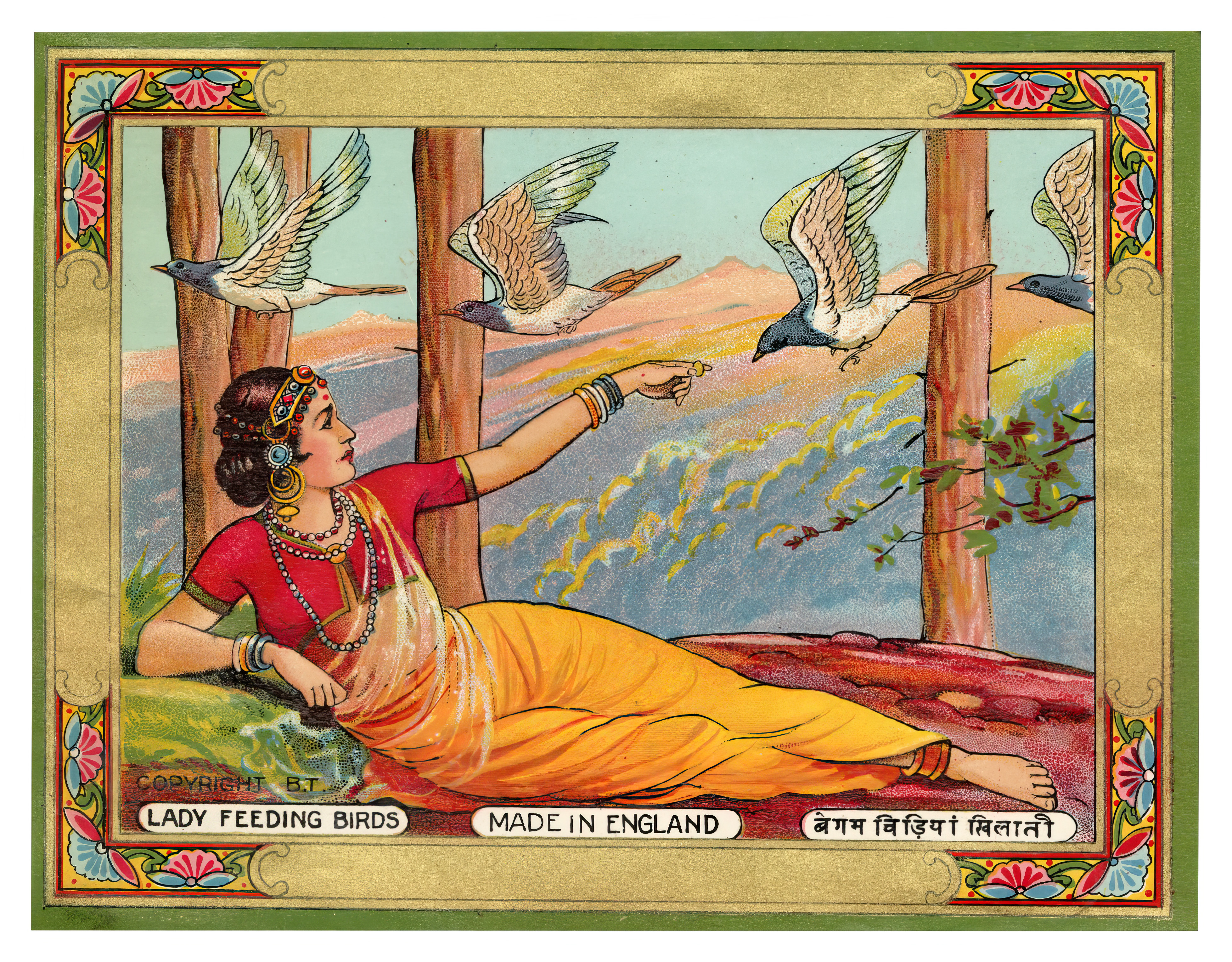 The art of the textile label: how British mill-made cloth sold itself to Indian buyers
The art of the textile label: how British mill-made cloth sold itself to Indian buyersAn exhibition of Indo-British textile labels at the Museum of Art & Photography (MAP) in Bengaluru is a journey through colonial desire and the design of mass persuasion
By Aastha D
-
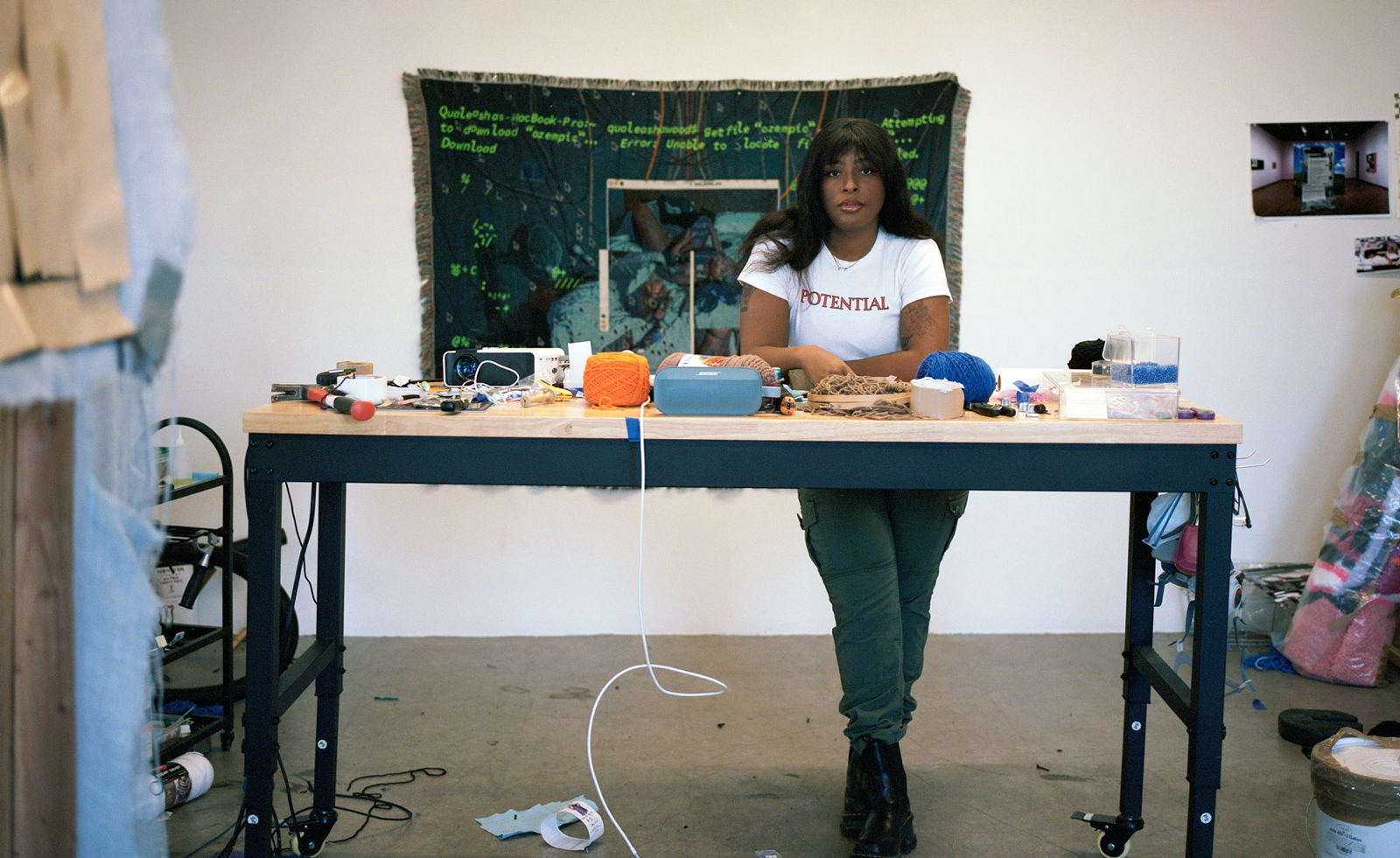 Artist Qualeasha Wood explores the digital glitch to weave stories of the Black female experience
Artist Qualeasha Wood explores the digital glitch to weave stories of the Black female experienceIn ‘Malware’, her new London exhibition at Pippy Houldsworth Gallery, the American artist’s tapestries, tuftings and videos delve into the world of internet malfunction
By Hannah Silver
-
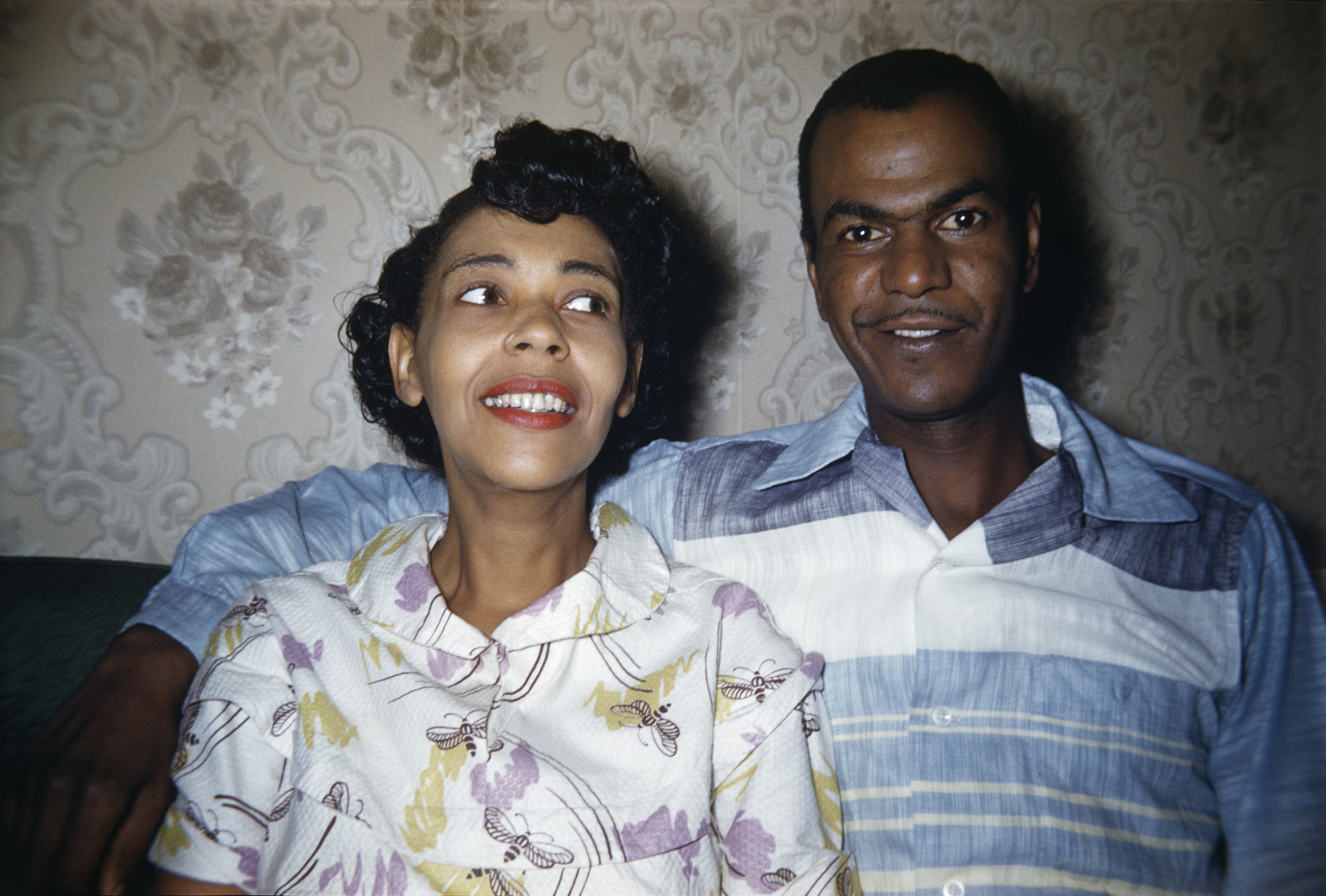 ‘Dressed to Impress’ captures the vivid world of everyday fashion in the 1950s and 1960s
‘Dressed to Impress’ captures the vivid world of everyday fashion in the 1950s and 1960sA new photography book from The Anonymous Project showcases its subjects when they’re dressed for best, posing for events and celebrations unknown
By Jonathan Bell
-
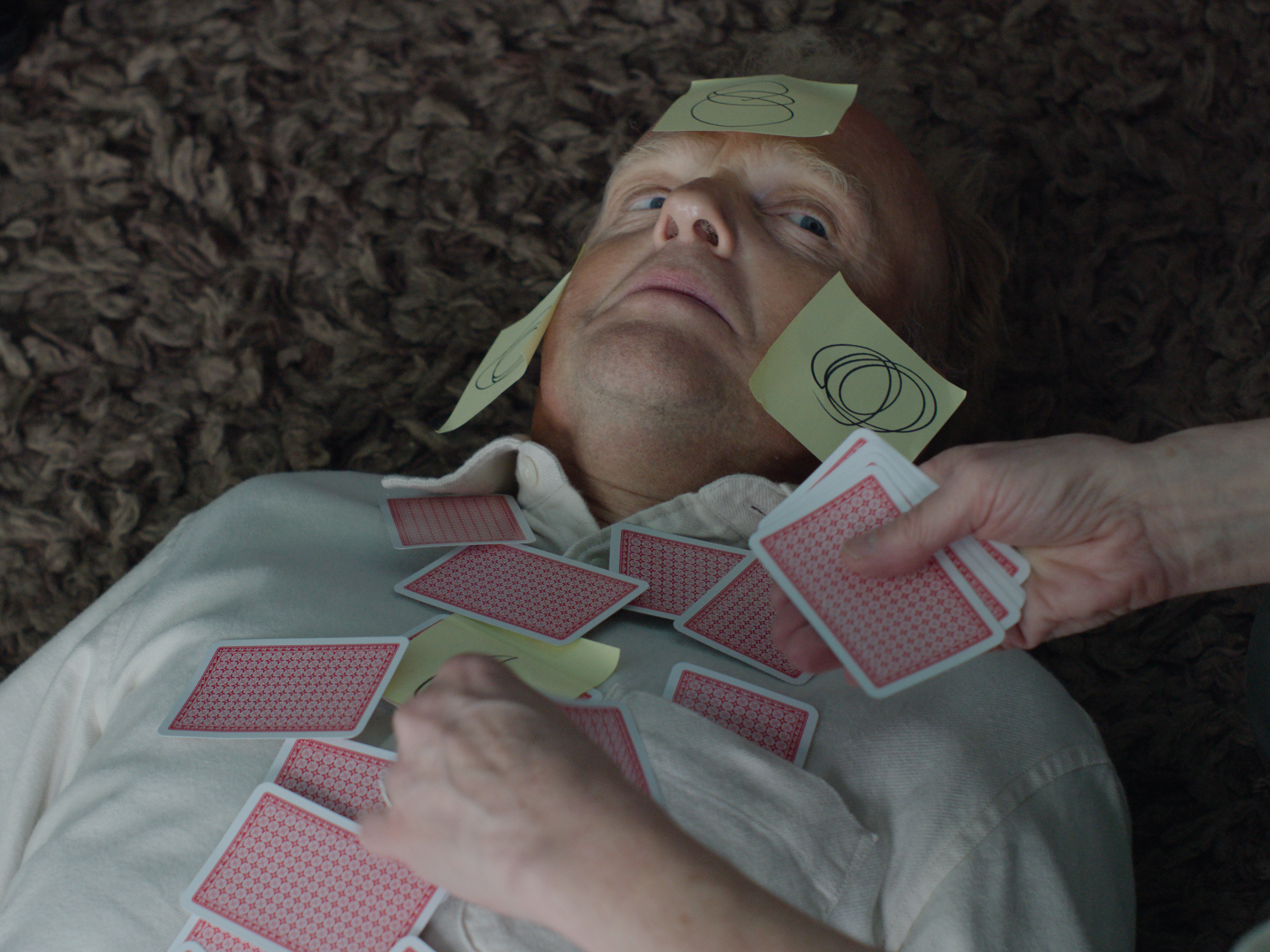 Ed Atkins confronts death at Tate Britain
Ed Atkins confronts death at Tate BritainIn his new London exhibition, the artist prods at the limits of existence through digital and physical works, including a film starring Toby Jones
By Emily Steer
-
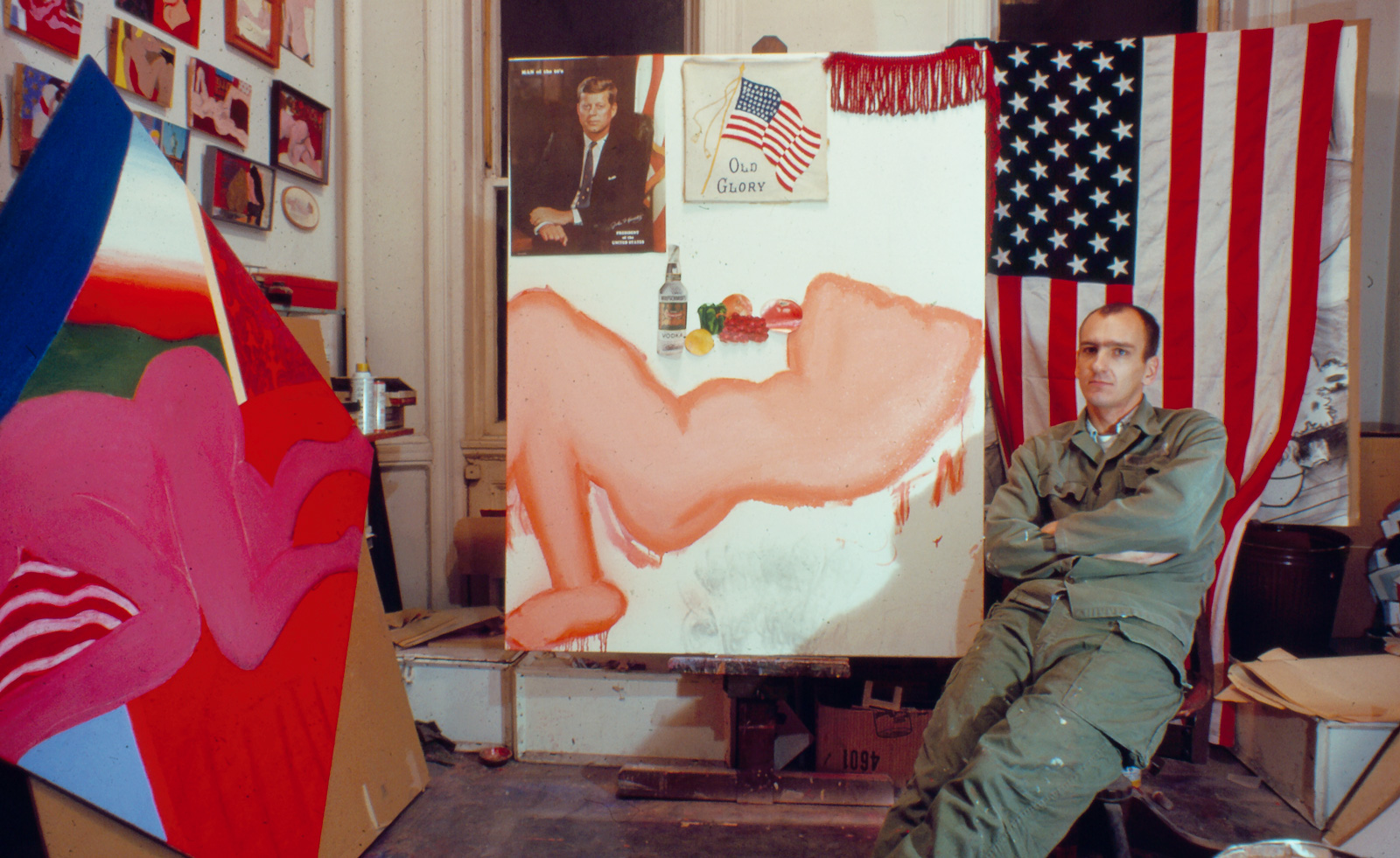 Tom Wesselmann’s 'Up Close' and the anatomy of desire
Tom Wesselmann’s 'Up Close' and the anatomy of desireIn a new exhibition currently on show at Almine Rech in London, Tom Wesselmann challenges the limits of figurative painting
By Sam Moore
-
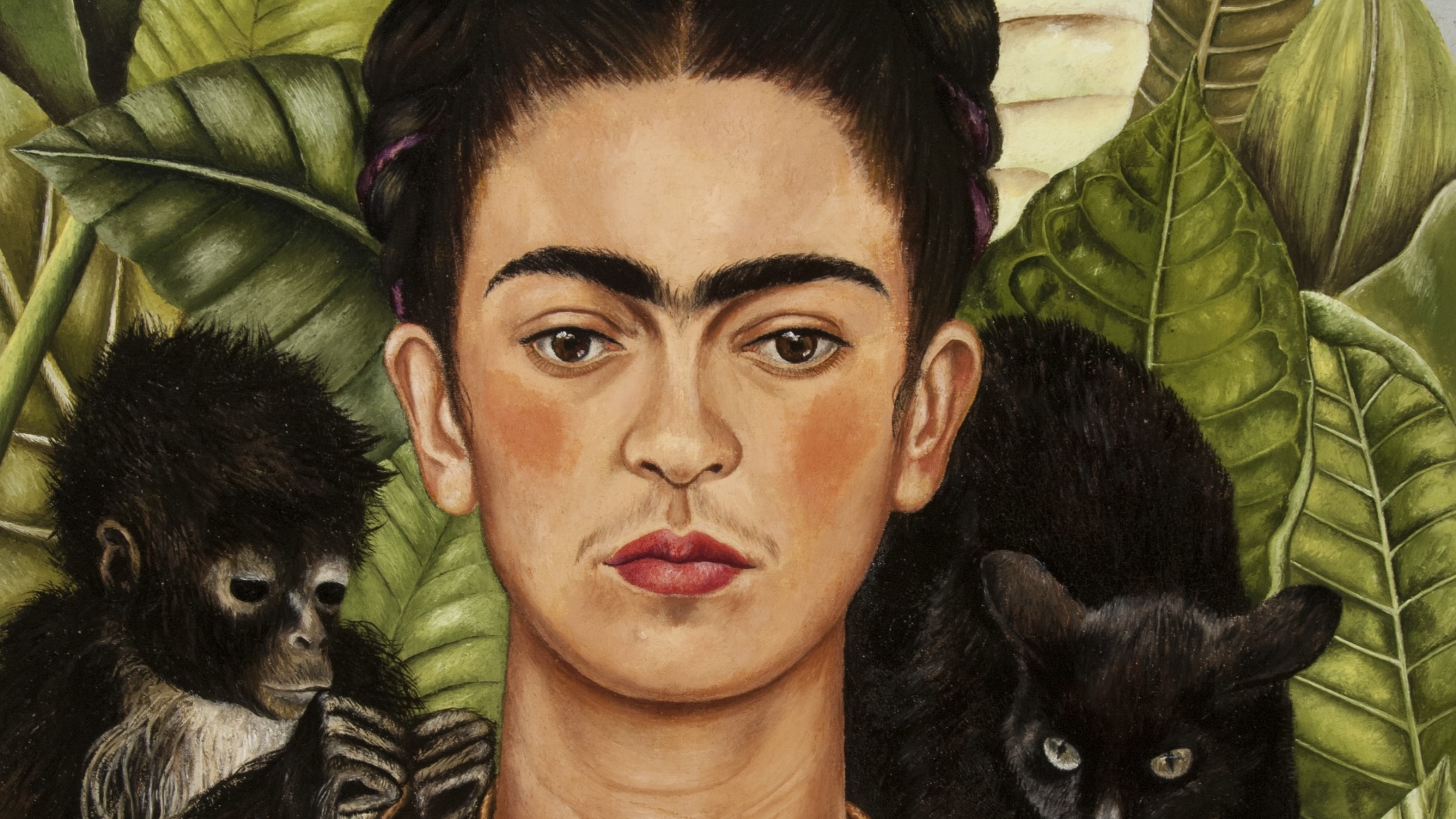 A major Frida Kahlo exhibition is coming to the Tate Modern next year
A major Frida Kahlo exhibition is coming to the Tate Modern next yearTate’s 2026 programme includes 'Frida: The Making of an Icon', which will trace the professional and personal life of countercultural figurehead Frida Kahlo
By Anna Solomon
-
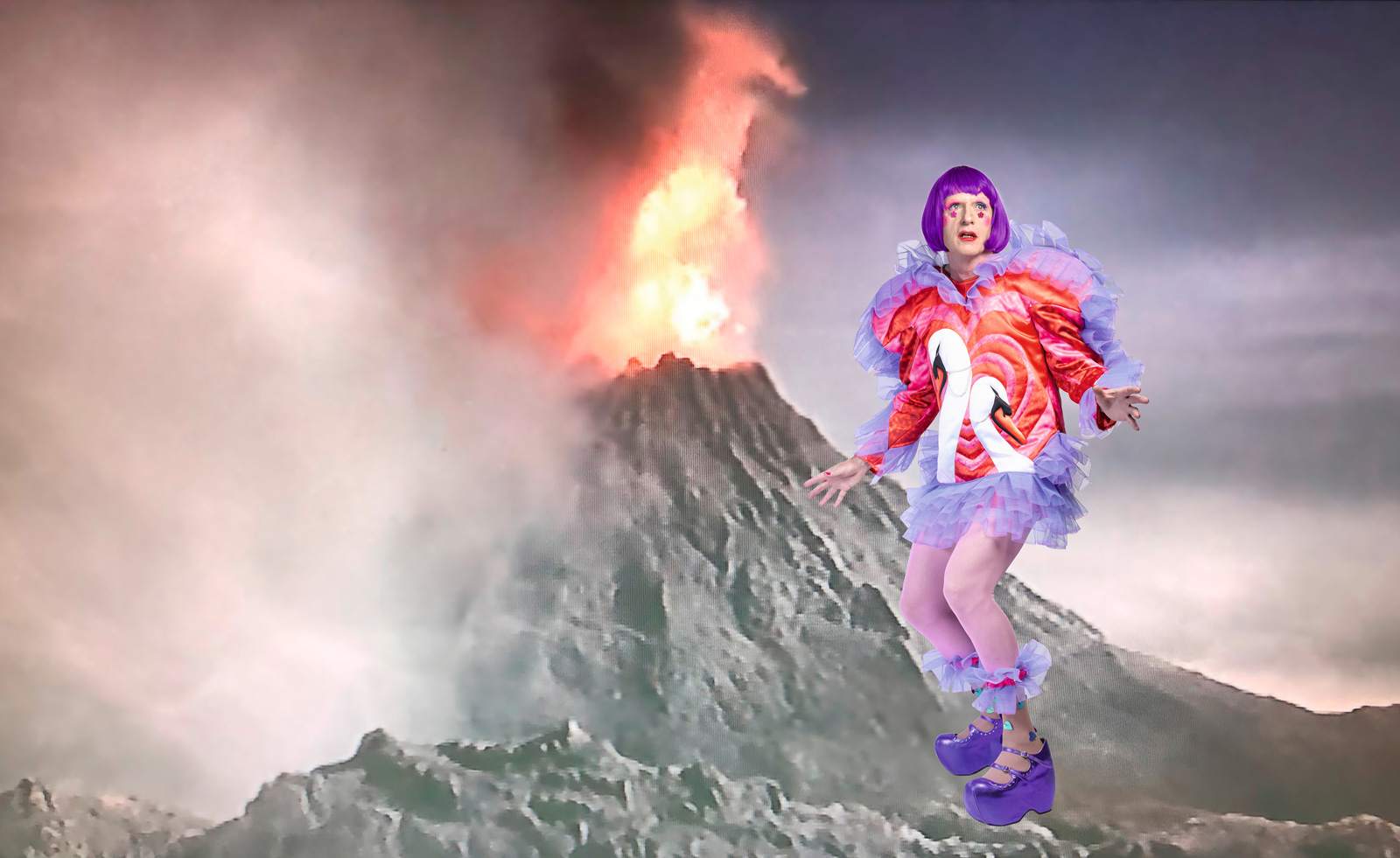 A portrait of the artist: Sotheby’s puts Grayson Perry in the spotlight
A portrait of the artist: Sotheby’s puts Grayson Perry in the spotlightFor more than a decade, photographer Richard Ansett has made Grayson Perry his muse. Now Sotheby’s is staging a selling exhibition of their work
By Hannah Silver
-
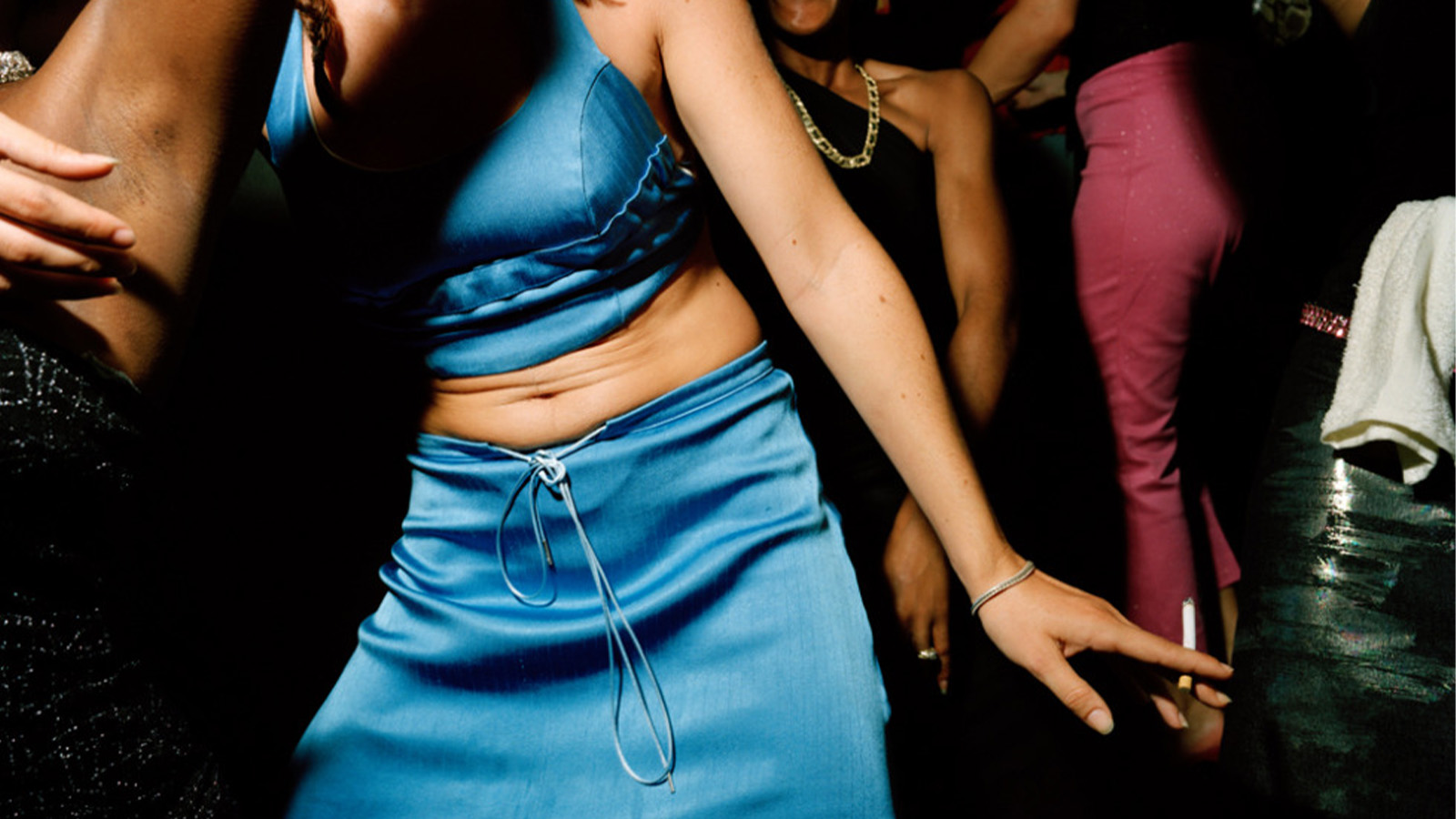 From counter-culture to Northern Soul, these photos chart an intimate history of working-class Britain
From counter-culture to Northern Soul, these photos chart an intimate history of working-class Britain‘After the End of History: British Working Class Photography 1989 – 2024’ is at Edinburgh gallery Stills
By Tianna Williams